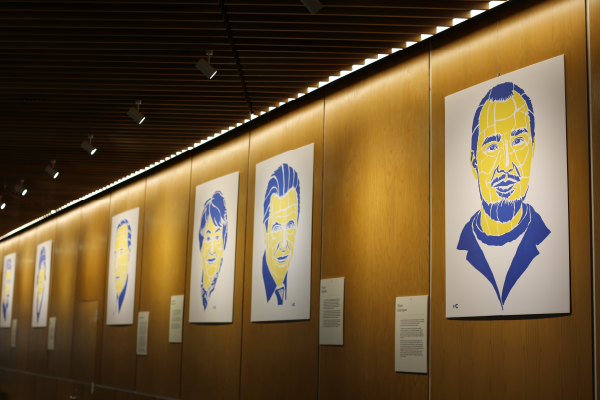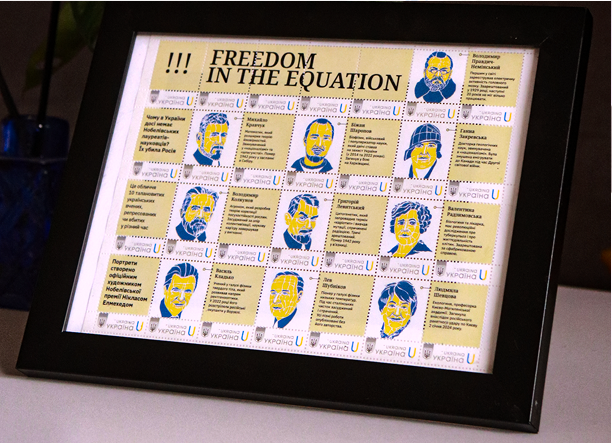
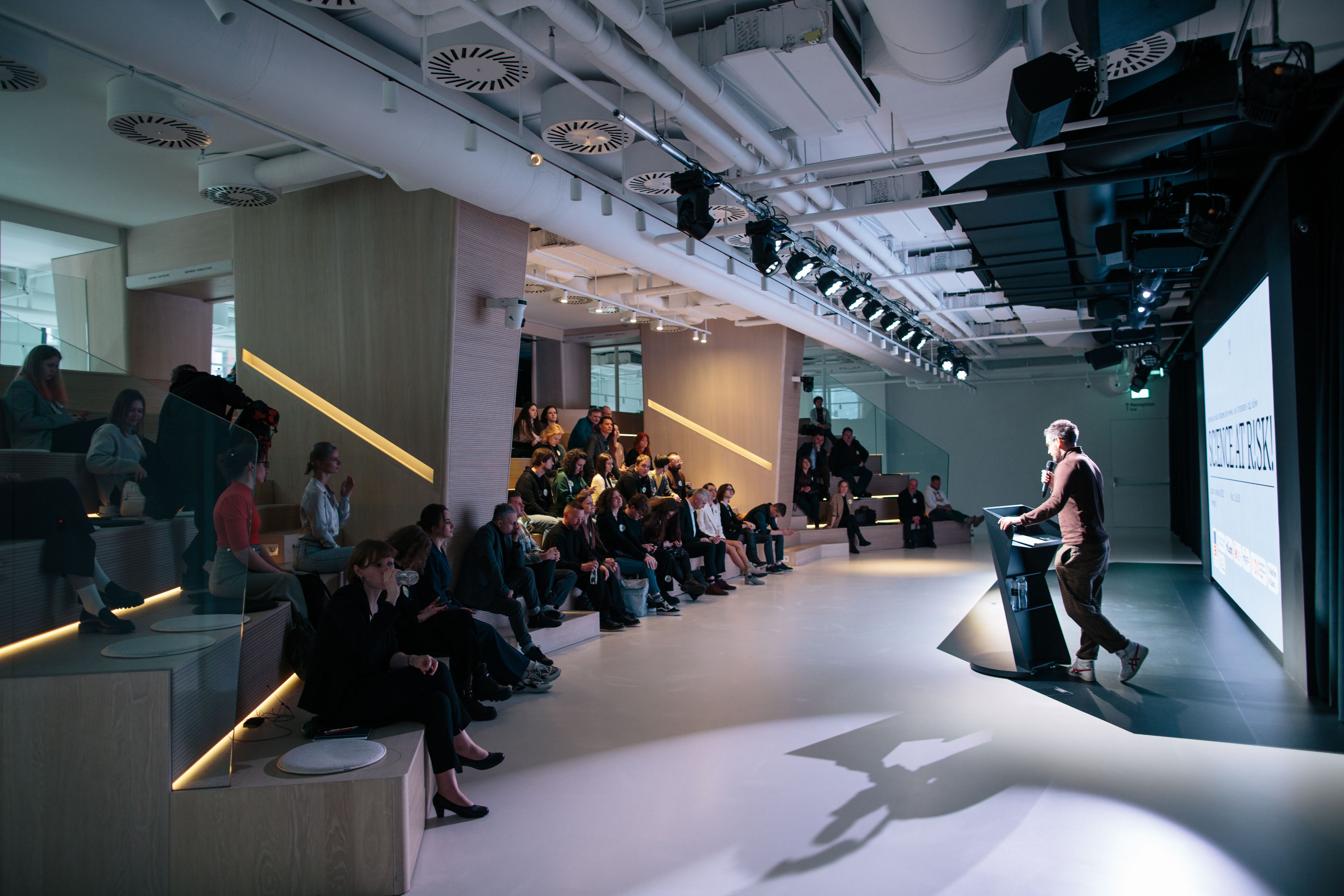
Science at Risk: A platform for the preservation and restoration of Ukrainian science
30.06.23
Science at Risk: A platform for the preservation and restoration of Ukrainian science
In 1933, the Institute of International Education evacuated 150 scholars from Nazi Germany so they could continue their work without threat to their lives. In 2022, the need to rescue scientists and research institutions arose again. The Science at Risk platform was established to help scholars overcome the aftermath of war and continue their scientific activities; it was presented in Kyiv on April 6, 2023.
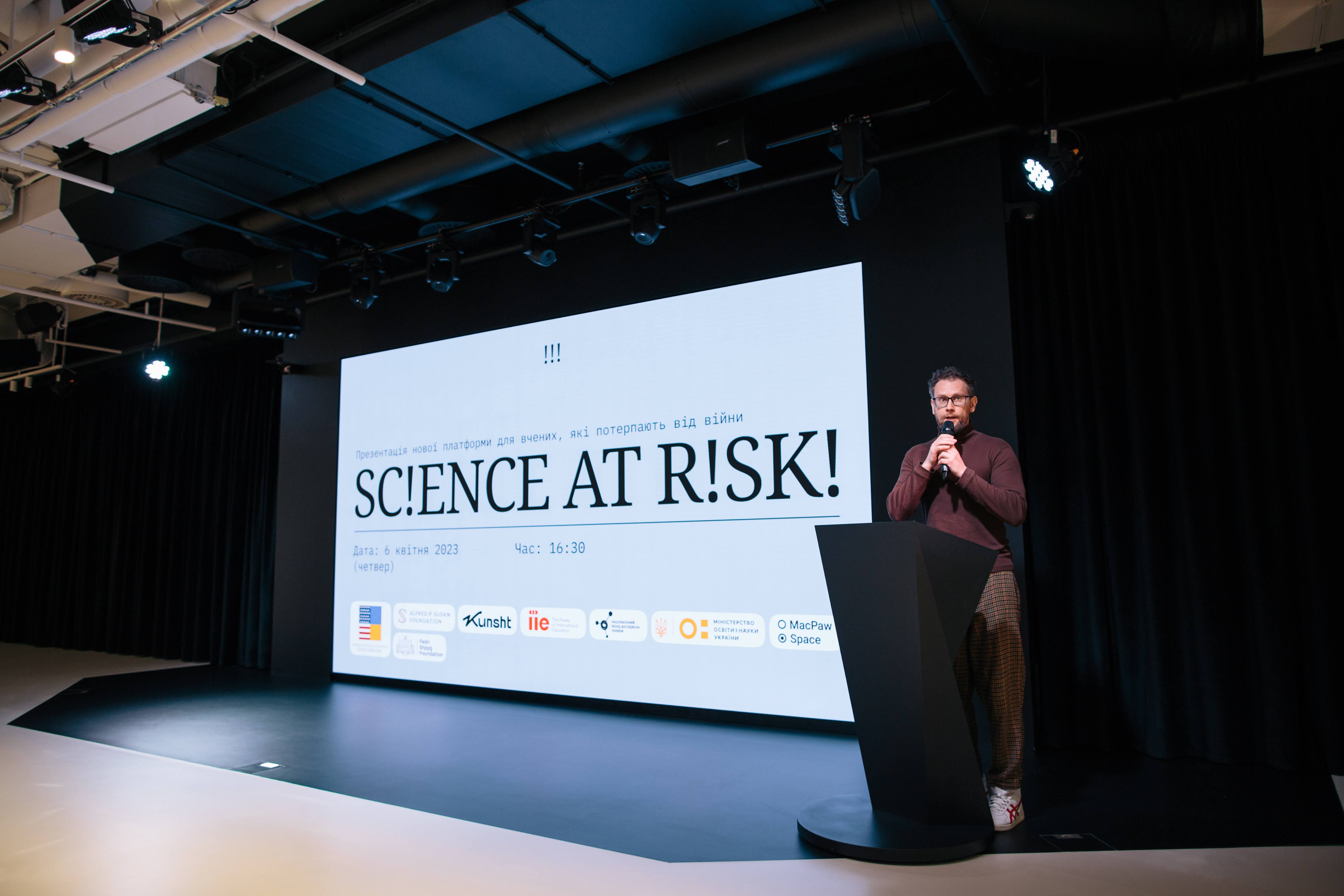
The great war inflicted severe damage on science. For instance, the Institute of Metrology in Kharkiv lost not only part of its buildings but also an employee who had been caring for the atomic clock during the city's most challenging time. The local history museum in Kherson saw most of its exhibits stolen by the Russians when they retreated from the city. One of the most powerful radio telescopes in the world was under occupation for months, with most of the equipment taken away by the Russians. There are hundreds of similar stories.
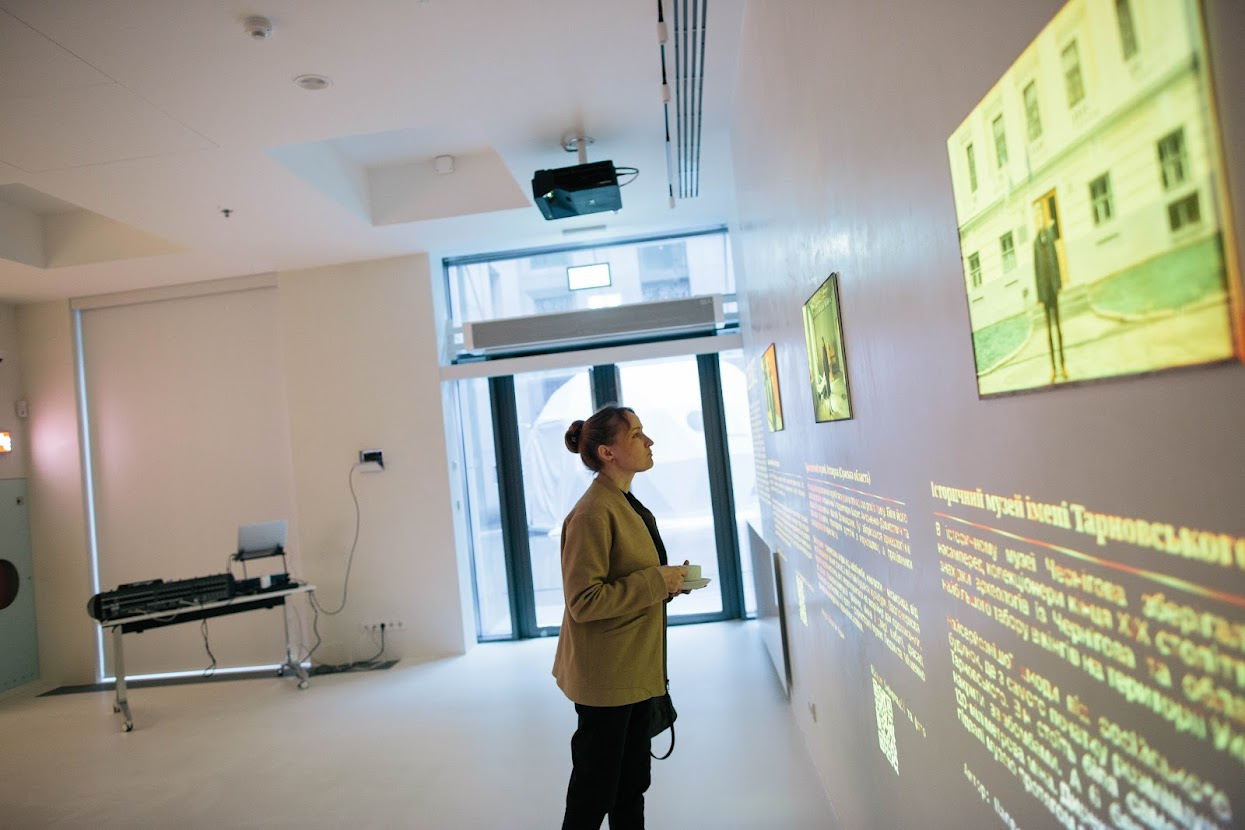
As a result, many scientists had to abandon their research in Ukraine — due to occupation, destruction, or threat of shelling — and now they are forced to seek similar programs to work abroad.
Additionally, the fact that many scientific projects have been left without funding contributes to the problem, and only now is it partially restored. As stated by Olga Polotska, head of the National Research Fund, at the presentation of Science at Risk in Kyiv, in March 2022, a hundred percent sequestration of the fund's grant programs took place. In 2023, it was partially restored; however, there are not enough funds to cover the needs, and bureaucratic procedures are currently taking quite a long and are partially delaying the work of scientists.
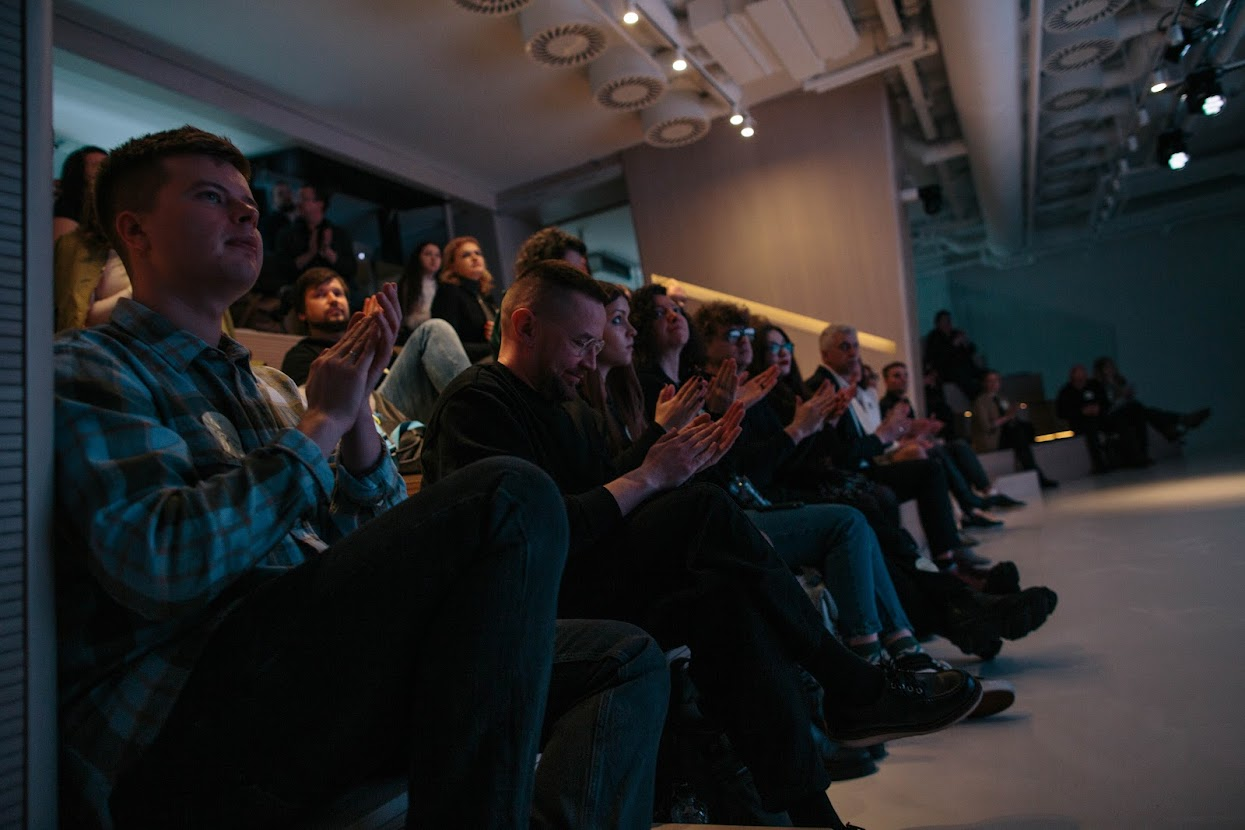
To identify these and other main problems and propose solutions, groups of scientists are studying these issues. Specifically, they are creating a database of destroyed infrastructure, outlining communication challenges, and creating recommendations for restarting science in the future and preserving science during the war.
Chemist and one of the organizers of Science at Risk, Yuriy Khalavka, identified three main directions of the platform's activities, particularly the working groups: preservation, communication, and restoration.
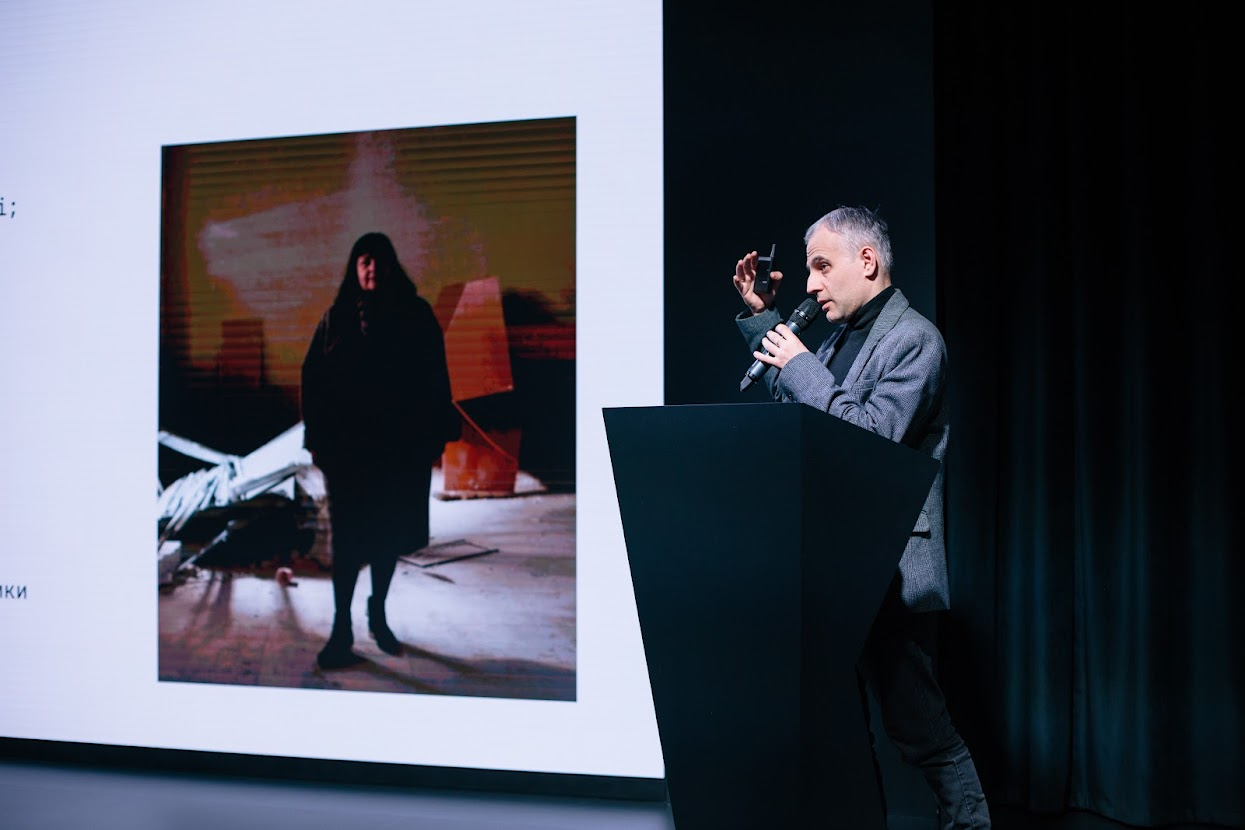
Thanks to the database of destroyed infrastructure, international and Ukrainian stakeholders will be able to help scientists restore the damage and destruction. And the database of Ukrainian scientists will promote international cooperation and dissemination of Ukrainian expertise worldwide.
Olga Polotska
Indeed, international cooperation became one of the main sources of resources and opportunities for Ukrainian scientists in 2022. The Science at Risk platform was created, among other things, to strengthen it and enable Ukrainian science to integrate more actively into the global science community, despite the challenges present in Ukraine.
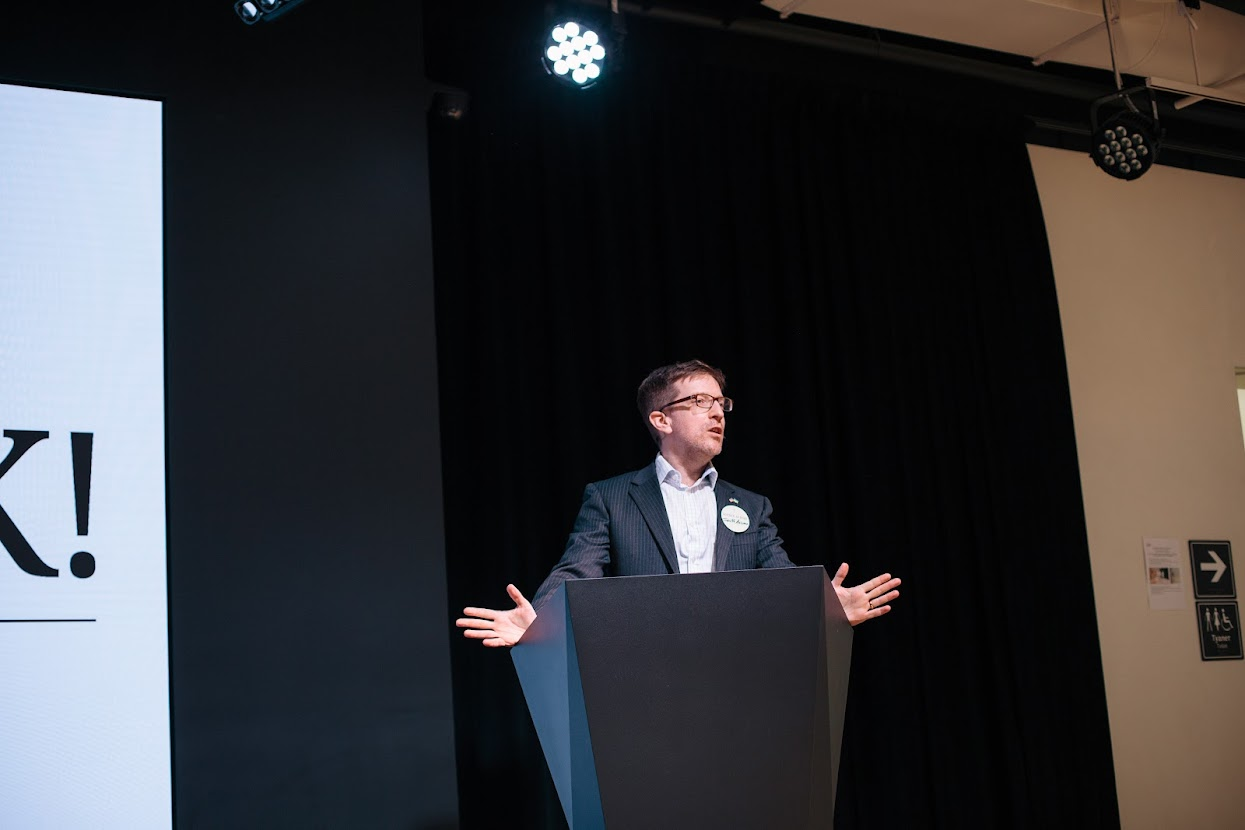
The creation of working groups, the establishment of databases, addressing problems, and providing recommendations are only the first steps towards the restoration of Ukrainian science. One of the organizers of the Science at Risk initiative, physicist Yulia Bezvershenko, shared that the next stage of the project will be the establishment of a Centre of Excellence, where 30 scientists will learn to make policies and decisions that will directly affect the fate of scientists and scientific institutions. After all, it's essential to collaborate and look for solutions now.
Yulia Bezvershenko
Furthermore, Ukraine's experience can help other countries, which are in a state of war or will experience other disasters, to preserve their science, explains Kyrylo Beskorovainiy, co-founder of the popular science media "Kunsht."

Thus, such a platform is valuable for Ukraine and the global community, which can adopt our best practices.
The project is supported by the Press, Education, and Culture Department of the U.S. Embassy in Ukraine, Alfred P. Sloan Foundation, Ministry of Education and Science of Ukraine and National Research Foundation. ZMIN Foundation has supported the event in NYC. The project is implemented by the NGO Kunsht.

